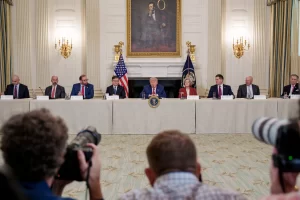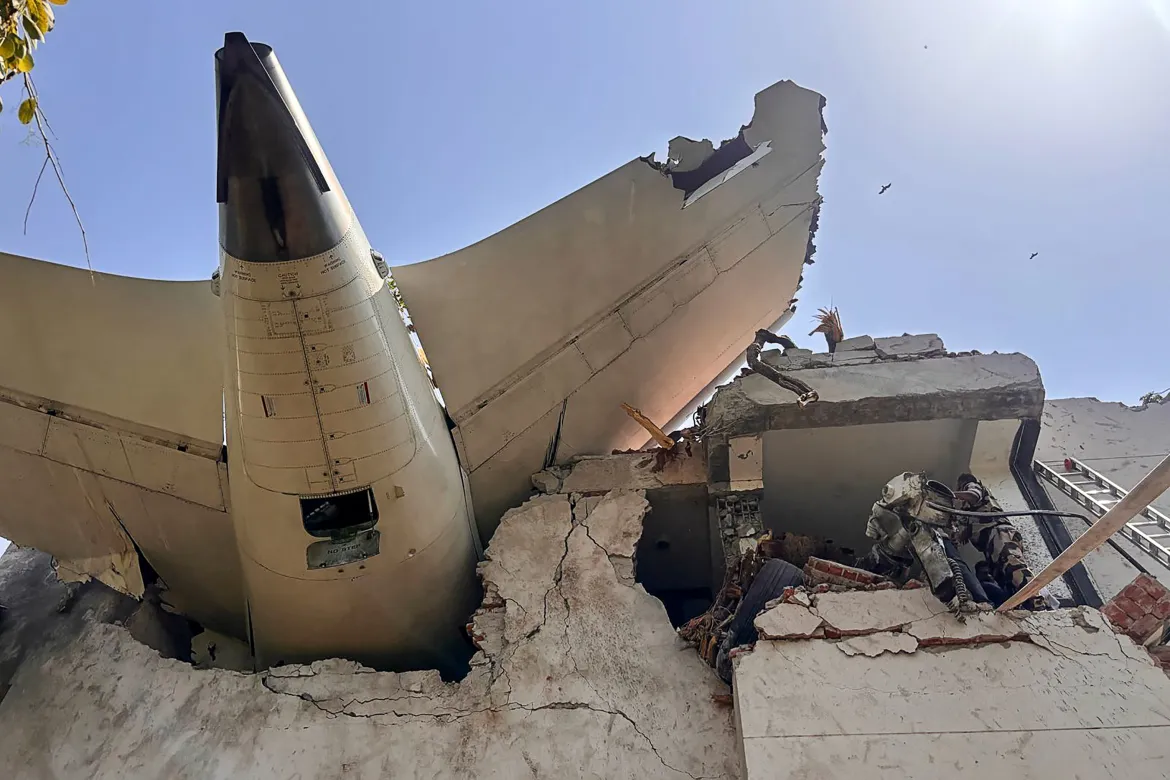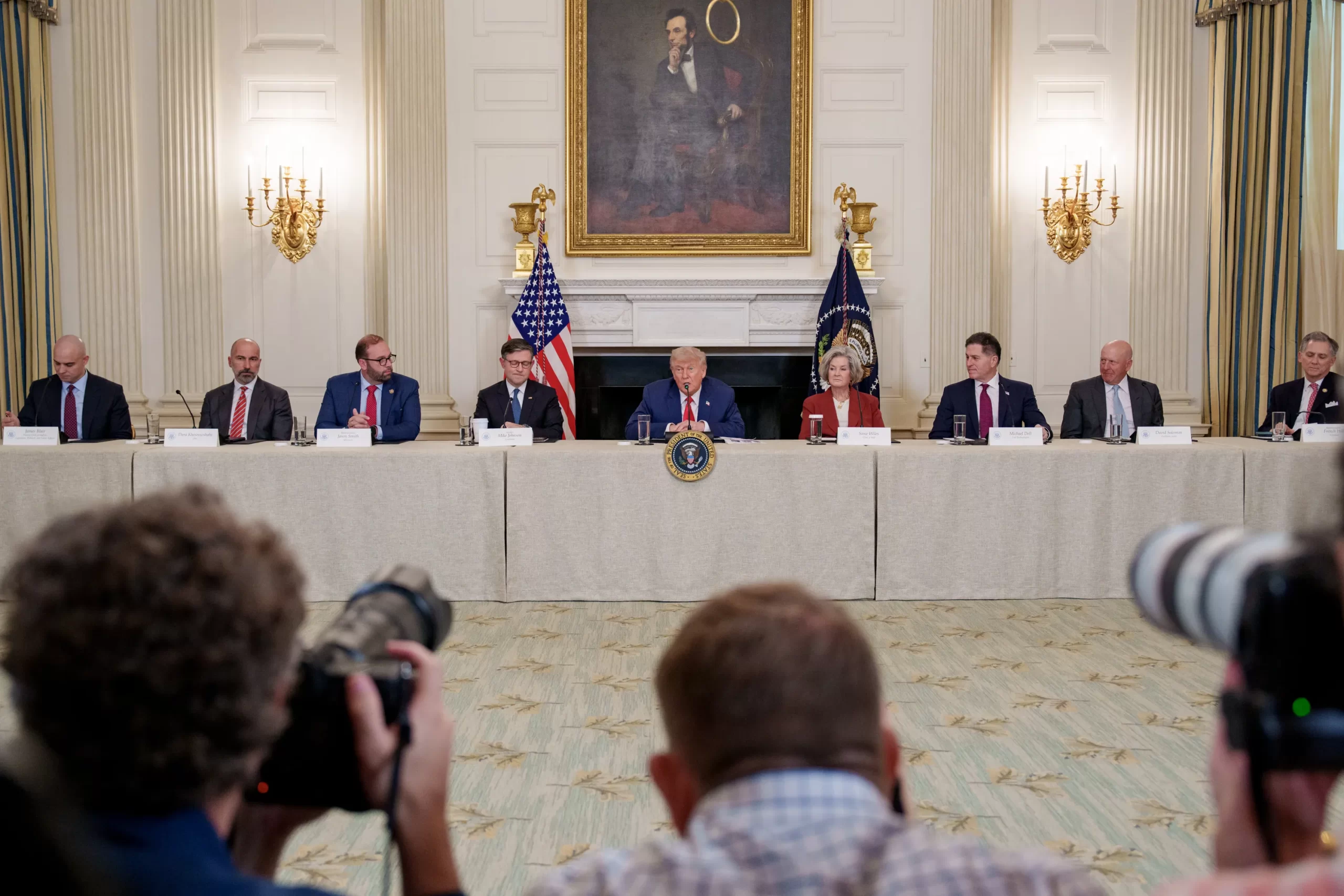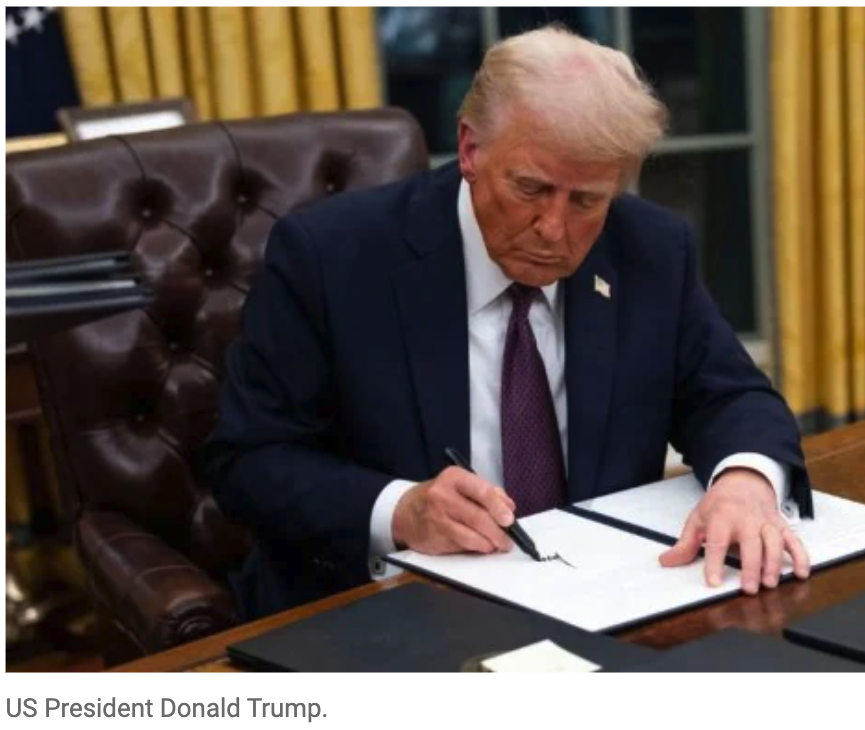Washington, D.C. — May 24, 2025 — A new Executive Order signed by former President Donald J. Trump outlines a strategic initiative to deploy advanced nuclear reactor technologies across U.S. military and energy installations, citing national security, technological infrastructure, and energy independence as primary motivations.
National Security Applications and AI Infrastructure
The Executive Order directs the Department of the Army to establish a program to build and operationalize an advanced nuclear reactor at a domestic military installation within three years. It further instructs the Department of Energy (DOE) to designate AI data centers at or in coordination with DOE facilities as “critical defense facilities.” The reactors powering these centers will be classified as “defense critical electric infrastructure.”
Additionally, the DOE is expected to collaborate with the private sector to deploy nuclear reactors supporting AI computing infrastructure and broader national security goals within a 30-month timeframe.
The Department of Defense, along with the DOE and the Office of Management and Budget, is tasked with developing legislative and regulatory recommendations to facilitate the use of advanced nuclear reactors at military sites.
Public-Private Partnerships and Regulatory Adjustments
To encourage private investment, the Executive Order includes several measures aimed at reducing regulatory and supply-chain barriers. The DOE is directed to make at least 20 metric tons of high-assay low-enriched uranium (HALEU) available for private sector projects powering AI infrastructure at DOE sites.
Federal agencies are also instructed to expedite the permitting process and consider categorical exclusions under the National Environmental Policy Act (NEPA) to simplify the construction of advanced nuclear facilities. Additionally, prioritization of security clearances related to nuclear energy projects is mandated to support rapid development.
Export Promotion and International Engagement
The Executive Order emphasizes international outreach and commercial diplomacy to expand American nuclear exports. The Secretary of State is assigned to lead negotiations under section 123 of the Atomic Energy Act, facilitating access to nuclear markets abroad.
Within 90 days, the administration is expected to release strategic plans to increase financing for U.S. nuclear projects, promote nuclear trade, and offer financial and technical assistance to countries adopting nuclear energy.
To enhance the competitiveness of American nuclear companies, the Secretary of State is also directed to streamline international agreements and remove barriers to exports.
Energy Resilience and Infrastructure Goals
The directive highlights the role of advanced nuclear reactors in providing reliable, high-density, and dispatchable energy — particularly to defense installations in remote or logistically challenged locations. The initiative aligns with broader objectives to support critical infrastructure, including the AI computing network of the federal government.
According to the order, nuclear energy is viewed as a scalable and secure power solution to meet the growing demands of emerging technologies and reduce reliance on foreign energy supplies.
Broader Energy Strategy
The Executive Order aligns with broader efforts to support a diverse energy portfolio that includes nuclear, fossil fuels, and emerging technologies. The directive follows the earlier declaration of a “National Energy Emergency” aimed at removing regulatory obstacles and bolstering American energy production.
The policy outlines intended outcomes such as job creation, trade balance improvements, strengthened international partnerships, and reduced influence of foreign adversaries over global energy markets.













